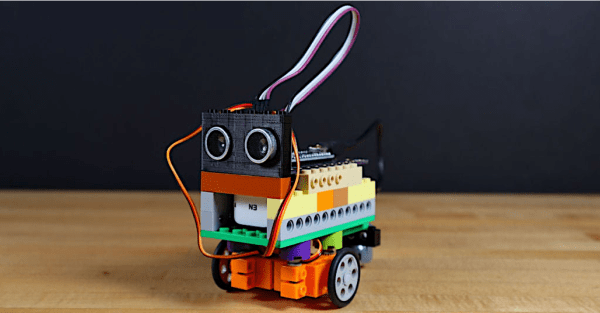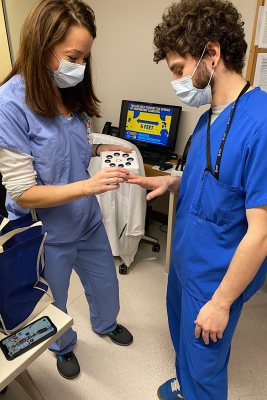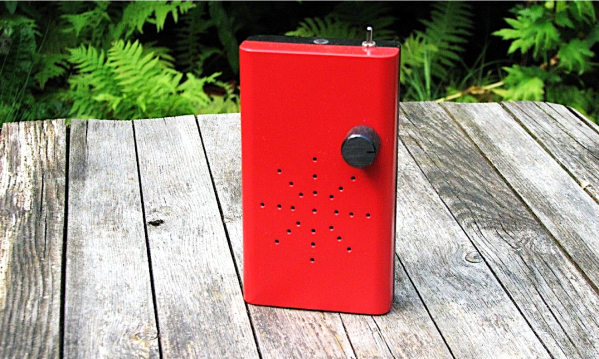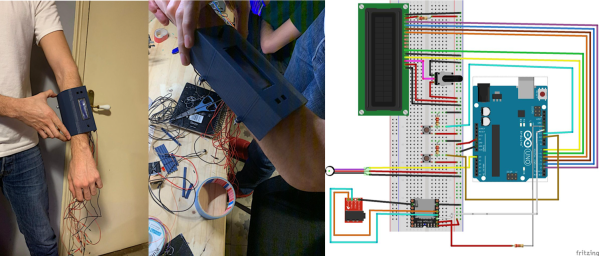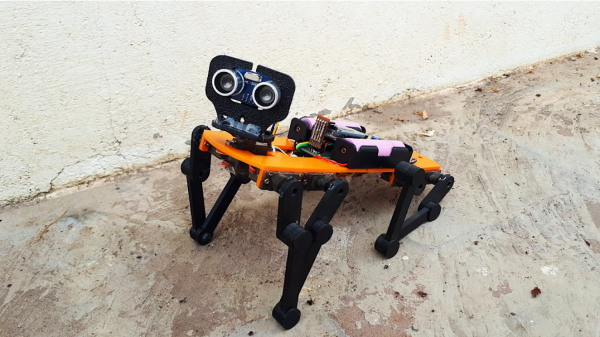We’re all pretty well-acquainted with the obstacle avoiding robot. These little inventions use a proximity sensor to detect an object in front of the robot, then circumvent the object accordingly. Brown Dog Gadgets’ little robot really caught our eye, mostly because it’s kind of cute.
This little robot combines a few LEGO pieces, Arduino, and Brown Dog Gadgets’ own in-house invention, Crazy Circuits. The LEGO pieces make up the body of the robot, craftily enclosing a small portable battery pack used to power the bot. Brown Dog Gadgets uses another home-grown design, their robotics controller board, breaking out a few GPIO pins of an Arduino-compatible microcontroller into LEGO-compatible connections. This makes it easy to interface two of our favorite DIY STEM tools using a solderless connection.
Add a few LEGO wheels and a caster for pivoting and you’ve got a pretty simple, little robot. Fortunately, Brown Dog Gadgets was very thorough in their write-up, so head on over to their Instructable for all the details.
In the meantime, we’ve got a rich history of obstacle-avoiding robots here on Hackaday. Take a look around.

